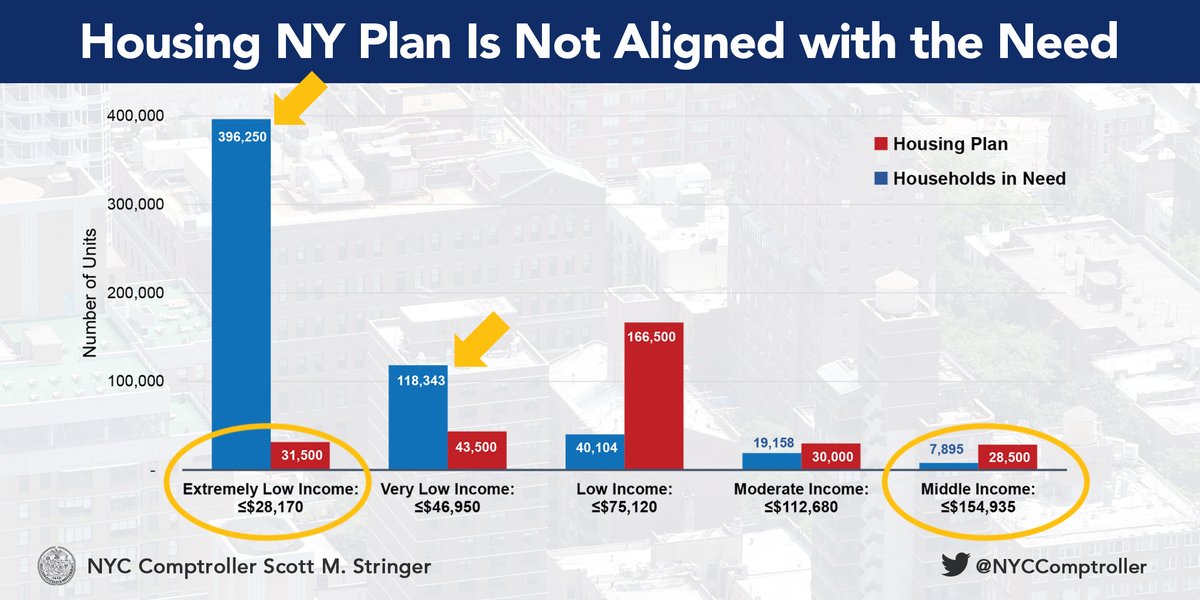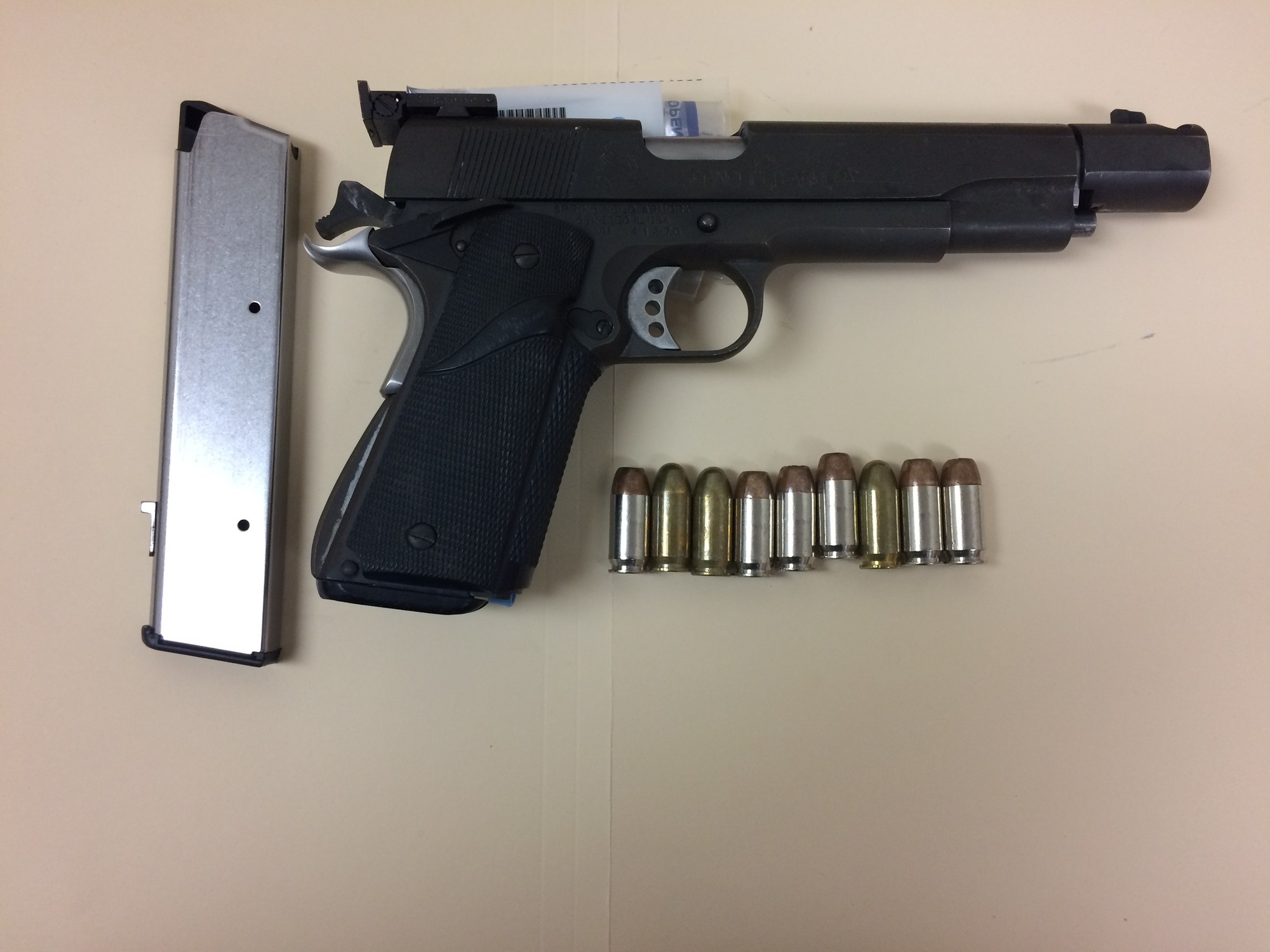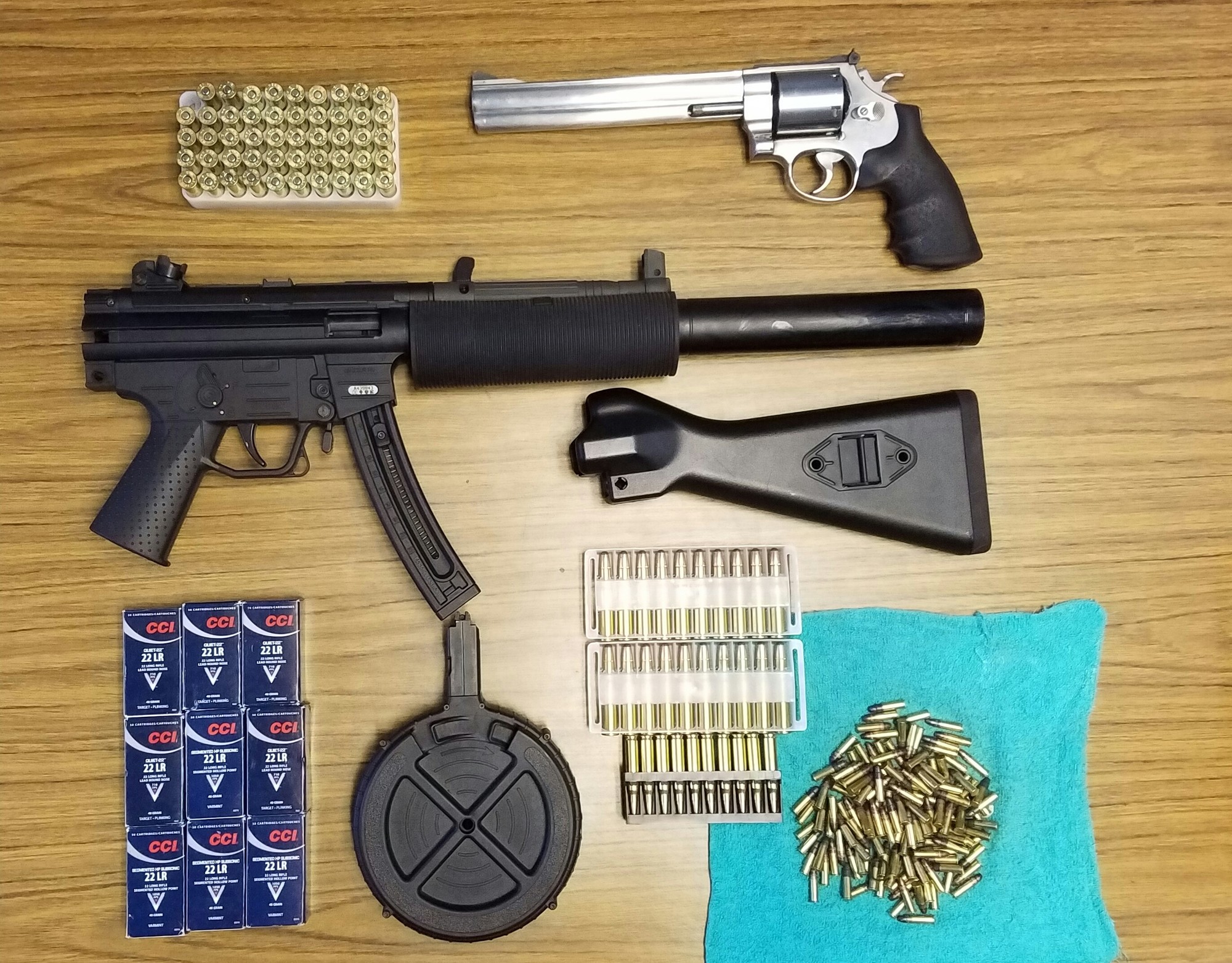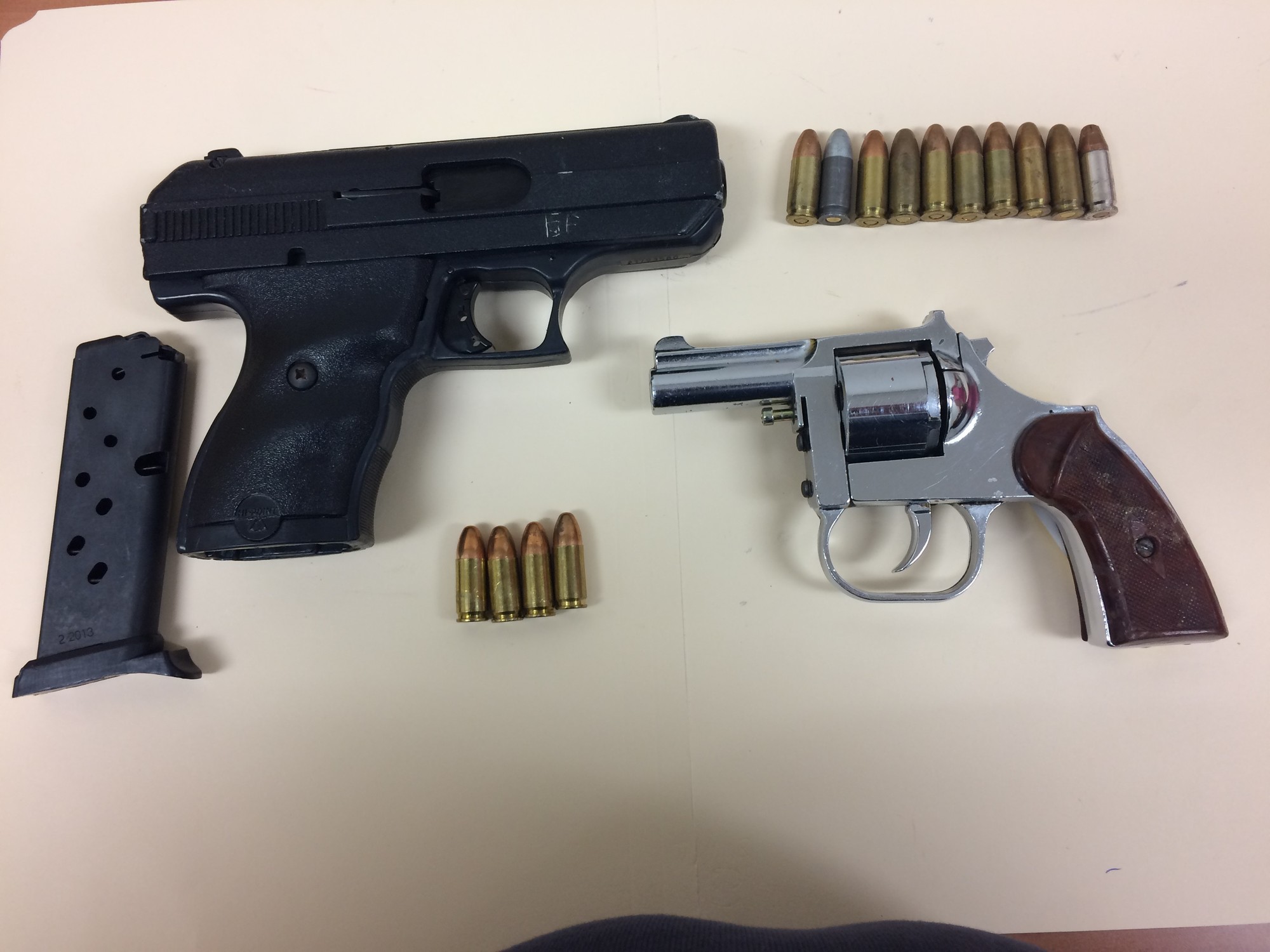PENN STATION ACCESS WILL REDUCE TRAVEL TIMES BY CREATING ONE-SEAT RIDE TO PENN STATION & WEST SIDE OF MANHATTAN; WILL BOOST LOCAL BRONX & WESTCHESTER ECONOMY; & WILL IMPROVE SYSTEM RESILIENCY
Amtrak Needs To Be More Flexible So We Can Get To “Y-E-S” ASAP For Westchester Commuters
New Line From New Rochelle To East And South Bronx Would Offer Westchester Commuters First Ever One-Seat Ride To Manhattan’s Booming West Side, And Establish Critical New Reverse Commute Option; Will Be Huge Boon For Westchester Commuters
Brand New Service From New Rochelle Hub, With Four Bronx Stations, Would Create One-Seat Train Ride For East, South Bronx & Westchester To Penn Station, And Aid Reverse Commuters, Too; Reduced Travel Time, Access To Major Job Market, & Overall Convenience Will Help Drive Transportation Relief For Countless NY Commuters
Touting the significant benefits of a potential new Bronx-Westchester Metro-North transit line, that would operate on existing Amtrak tracks and tunnel, U.S. Senator Charles E. Schumer today pushed Amtrak to “be more flexible” and work with the MTA come to an agreement on Penn Station Access as soon as possible. Schumer described the proposed project, the need for less of a hard line and more flexibility on Amtrak’s part, and the benefits Westchester commuters stand to gain as he made the case for getting this project moving faster – while also noting that none of this can happen without first rebuilding our badly damaged East River Tunnels through which all the trains would need to travel.
“The new line from New Rochelle to Manhattan’s West Side through the East Bronx would provide Westchester residents with their first ever one-seat ride to Penn Station. Simply put, this line would be a major boon for commuters coming to and from Westchester, saving time, expanding their options and creating fantastic route flexibility,” said U.S. Senator Charles Schumer. “The fact that we can do it relatively affordably because it can be established on already built Amtrak tracks and the East River Tunnel, make this a compelling way to expand our transit system for beleaguered commuters.” Schumer noted, too, that, “The MTA must accelerate the repair and rebuilding of the Sandy-damaged East River tunnel, through which this line would have to run, with the $500 million I already secured from the federal FTA after the Sandy disaster.”
Schumer detailed how the MTA’s plan for starting a new Metro-North commuter rail service and four new proposed stations on Amtrak’s Hell Gate Line – at Hunts Point, Parkchester/Van Nest, Morris Park and Co-op City (all in the Bronx) – which would terminate/originate at the New Rochelle hub, and create a one-seat train ride for Westchester commuters to Manhattan’s booming West Side/Penn Station. Schumer said that the new line would, “Substantially reduce travel time, link communities to job markets, enhance economic development, and offer vital system resiliency.”
Schumer urged that, “Amtrak should take less of a hard line and instead be more flexible in their negotiations to finalize the Penn Station Access plan, including the anticipated maintenance and repair project for the Pelham Bay Bridge.” Schumer pointed out that any maintenance and/or repair of the bridge is not expected to begin for another 8-10 years, and an agreement on the cost of the project and how it should be divided can be determined at a later date, Schumer argued.
Schumer also urged Amtrak and the MTA to think creatively in their negotiations around access fees, which tenant railroads are required to pay hosts for using their trackage. Given that Amtrak and MTA share a larger regional transportation network, and are both host and tenant on different parts of that network, Schumer suggested, this could include an agreement in which the MTA provides some reciprocal value within the regional transportation network where Amtrak and the MTA share capacity such as the Hudson and Harlem Metro-North railroad lines.
"There's no need to iron out every single one of the nitty-gritty details involving access fees and maintenance of the Pelham Bay Bridge while the larger project languishes and loses momentum,” said Senator Schumer. “Let’s not keep the East Bronx and Westchester, which are clamoring for this project, waiting any longer than they already have. Amtrak and the MTA can come together now and agree to get this project on track – and sort out the finer details when the time comes. MTA and Amtrak share a lot of the railroad lines in the Greater New York area. Sometimes, MTA is the tenant; other times, Amtrak is. Amtrak should think creatively and consider what MTA could do on their Metro-North lines or elsewhere to provide value to Amtrak in exchange for Penn Station Access. This project isn't occurring in isolation; it's part of a complex regional transportation network, where both parties can and should continue their mutually beneficial relationship," Schumer explained.
“My constituents in both the Bronx and Westchester deserve to have greater rail access, which not only will improve travel and reduce pollution, but will also provide economic benefits to the entire region. I’m proud to once again join Senator Schumer and all of my colleagues in government in calling on Amtrak to get on board with us and move this project forward,” said Congressman Eliot Engel.
“The strong bipartisan support for Penn Station Access speaks to the absolute necessity of the project. Penn Station Access will provide much-needed relief for commuters, saving them significant amounts of time and money by connecting Westchester and Manhattan’s west side. It will also improve transportation capacity and resiliency and drive economic growth throughout the region. I look forward to continuing to work with our partners at all levels of government to secure Amtrak’s cooperation in moving this project forward,” said Congresswoman Nita Lowey
“Access to Penn Station is advantageous for those who live in Westchester along the Sound Shore and need to commute to the Bronx or parts of Manhattan for work, making those communities even more attractive to live in and raising property values in the process. This project would significantly revitalize our region through its creation of a one-seat ride into Penn Station from Westchester for the first time ever. Not only would this save significant time and money for hard-working commuters, it would also alleviate congestion issues at Grand Central Terminal while providing flexibility to the thousands who commute from the Bronx to Westchester each day,” said George Latimer, Westchester County Executive.
"Penn Access is vital to the economy, environment, and even security of our region. It will help foster job growth and transit-oriented development throughout the Bronx and Westchester, while also reducing travel times for commuters and providing New Yorkers with a more resilient transportation system in the event of emergencies. We applaud Senator Schumer for his leadership on this essential priority and call on Amtrak to partner with the MTA to complete Penn Access as quickly as possible” said Noam Bramson, Mayor of New Rochelle.
Assemblyman Steve Otis (D-Rye) added, "Penn Station Access is a key change that will give commuters on the New Haven line more options and relieve overcrowding on some trains. Senator Schumer's advocacy on this issue has been important to making sure Penn Station Access becomes a reality."
"I commend Senator Schumer for his persistent efforts to broker a solution between Amtrak and the MTA, so we can move forward on the Penn Access Project. This project will greatly expand transportation options and resiliency for Westchester residents and NYC residents working in Westchester. With so much at stake, it is essential that the Amtrak and the MTA find a solution to this impasse" said New York State Senator Shelley Mayer (D-Yonkers).
Schumer also noted that Penn Station Access is contingent on the completion of repairs to the East River Tunnels, which were badly damaged by millions of gallons of floodwater during Superstorm Sandy, and the larger East Side Access program. Previously, Schumer secured $432 million in unused Sandy relief funds for repairs to the East River Tunnels; the federal funds were awarded as part of an $800 million allotment of funding for transportation infrastructure resiliency projects. In 2016, following Schumer’s push, the Federal Transit Administration (FTA) released these funds to the MTA, which committed to use the money to advance repairs in the East River Tunnels.
According to Amtrak reports, corrosive damage from the storm continue to impact the East River Tunnels and will likely lead to an increase in delays and equipment breakdowns, with these problems growing worse as time goes on if repairs are not made as soon as possible. In order for this new East Bronx service launch to be successful, the East River Tunnels and East Side Access program must move forward first.
In November, Schumer sent a letter to Amtrak and the MTA to make the case for Penn Station Access and increased Metro-North access for the people of East and South Bronx and Westchester. The letter, which appears below, also urged Amtrak and MTA to continue their ongoing work with the East Side Access program and on the badly damaged East River Tunnels, through which this new line would travel.
November 2, 2018
Richard H. Anderson
President and Chief Executive Officer
National Railroad Passenger Corporation (AMTRAK)
1 Massachusetts Ave, NW
Washington, DC 20001
Joseph L. Lhota
Chairman
Metropolitan Transportation Authority (MTA)
2 Broadway
New York, NY 10004
Dear Mr. Anderson and Mr. Lhota:
We write to express support for increased Metro-North access for the people of East and South Bronx and urge your agencies to continue to accelerate your work together to develop a reasonable timeline for launching this new commuter service with all due speed. It is critical, of course, that this new service not be designed or implemented in a way that diminishes any existing mass transit, regional or intercity rail service. As you know, MTA’s plans for starting new Metro-North commuter rail service and four new proposed stations on Amtrak’s Hell Gate Line – at Hunts Point, Parkchester/Van Nest, Morris Park and Co-op City – would create a one-seat train ride for East and South Bronx and parts of Westchester which will substantially reduce travel time, link communities to job markets, enhance economic development and offer vital system resiliency. It is the history of New York, and especially the Bronx, that transit development is linked to job and community development, and expanding Metro-North to the East and South Bronx will increase service to areas that lack adequate mass transportation connections into Manhattan as well as into Westchester and Connecticut. We believe expanding mass transit options can spark job growth and will reduce commute times and benefit the whole region.
Given the interdependencies of Amtrak’s and MTA’s ongoing work with the East Side Access program and the East River Tunnel repairs, as well as the enormous complexity of operations at Penn Station, it is imperative your entities work together to develop an acceptable design, realistic schedule, appropriate cost-sharing and feasible work plan that allows for the completion of ongoing projects – as well as the necessary construction activities to support the introduction of this rail service serving the East and South Bronx as soon as possible. We expect MTA and Amtrak to work together in good faith and consistent with federal law to forge an agreement for all necessary infrastructure to implement this vital service, including the stations and necessary track and Pelham Bay Bridge work.
We have seen – and hundreds of thousands of New York commuters have directly experienced – what can happen when the transit agencies in charge of this infrastructure cannot or do not stay on top of needed investments and repairs. Superstorm Sandy badly damaged the tunnels serving Penn Station, including the East River Tunnels, with approximately 14 million gallons of floodwaters. It is of utmost urgency to the commuters of Long Island, and beyond, that the East River Tunnels be repaired and upgraded – as has already occurred on a number of vital vehicle and mass transit tunnels. According to Amtrak reports, corrosive damage from the storm continue to impact the East River Tunnels and will likely lead to an increase in delays and equipment breakdowns, with these problems growing worse as time goes on if repairs are not made as soon as possible. This is why we fought so hard to pass the original $64 billion Sandy relief Bill, and later fought to prevent certain transit money from this legislation from being spent in projects outside of New York – so that, instead, these funds could be spent to repair the East River Tunnels. As we understand it, the timeline for the East River Tunnel repairs is dependent on the completion of the East Side Access program and both projects must be completed, in conjunction with the construction of infrastructure and capacity elements identified under the Penn Access Project, in order for the new East Bronx service launch to be successful.
As mentioned, after considerable effort, we secured $432 million in Sandy relief funds that can be used by the MTA for the vital repairs to the East River Tunnels and these funds specifically seek to supplement funds that Amtrak has received from insurance settlements for this work. The Federal Transit Administration (FTA) released these funds to the MTA at our urging. It is our expectation that the MTA will make the full financial commitment needed to advance the East River Tunnel Repairs and work with Amtrak to develop a schedule for this work and related operations that permits it to advance quickly.
We cannot overstate the importance of each of these projects and the need to advance them quickly. Given the hundreds of thousands of commuters who depend on this link, and its central relationship to the health of the regional economy, failure is not an option. While we are sensitive to the wide variety of other issues facing both Amtrak and the MTA, the completion of all aspects of the East Side Access program, the repairs to the East River Tunnels, the launch of a new East Bronx service, and the continued management of the complex operations at Penn Station all require tight, constant and professional coordination between your agencies. We continue to ask you articulate a clear plan for the commencement and completion of these projects; that you reach agreement on the necessary commercial and access terms for use of Amtrak’s property, set ambitious deadlines to get the work done; and share these plans with the riding public. We are confident that, working together, you can create a reasonable timeline and work plan that provides the necessary investments, repairs, and benefits New York commuter deserve.
We appreciate your attention to this issue, should you need further information please do not hesitate to contact our offices.
Sincerely,
Charles E. Schumer
United States Senator
EDITOR'S NOTE:
The above is a press release from U.S. Senator Charles Schumer unedited. It appears that Senator Schumer's appearance in the Coop-City section of the Bronx was to help his real agenda to get Westchester County better Metro North service on the backs of the people of the Bronx.
The main stumbling block to this new (Westchester County/East Side of Manhattan) Metro North service is the repair of a bridge in the Bronx (which was close to where Senator Schumer held his press conference), that must be repaired if Metro North was to introduce this new train service.
We now see Senator Schumer's real reason why he held this press conference, and that was for the benefit of people in Westchester County.


















